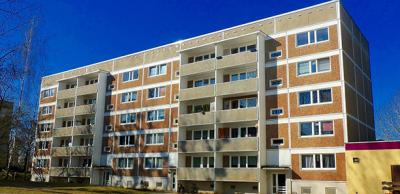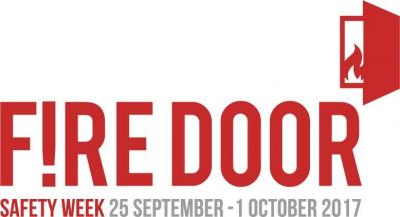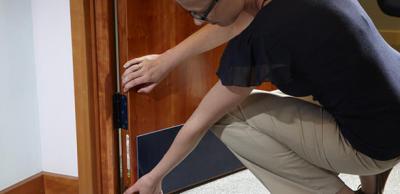When means of escape is unacceptable

One of the consequences of major disasters is an abundance of alternative solutions. Unfortunately after Grenfell a number of products have appeared offering reassurances of a safe means of escape.
Approved Document B focusses on acceptable means of escape and offers many routes to achieving that compliance.
A means of escape is defined as ‘a structural means whereby [in the event of fire] a safe route or routes is or are provided for persons to travel from any point in a building to a place of safety. It also defines a final exit as ‘the termination of an escape route from a building giving direct access to a street, passageway, walkway or open space and sited to ensure the rapid dispersal of persons from the vicinity of a building so that they are no longer in danger from fire and/or smoke. However it also defines what is not acceptable:
Unacceptable means of escape provisions: (B1.vi)
- lifts (except for a suitably designed and installed evacuation lift);
- portable ladders and throw-out ladders; and
- manipulative apparatus and appliances, e.g. fold-down ladders and chutes.
Note: The regulations would not prohibit the use of such measures as an additional feature but they are not considered suitable as an alternative to adequate means of escape.
The reason is simple, escape routes allow everyone to exit at the same time because they are permanent. All of these options need additional time to set up and limit the numbers who can use them safely at once potentially leaving people waiting behind at the route of the fire.
They also rely on someone having to do something for it to work and there are no continuing powers to ensure they are maintained and not vandalised. As such the expectation that they'll always work in an emergency can't be guaranteed. It’s one of the reasons why we no longer see hoses behind break glass containers in buildings; they have a limited life, rely on maintenance and need someone to operate them properly.
These options can't be considered as part of a means of escape strategy but this doesn’t prevent anyone adding any of these measures as an additional feature. With the continued advertising there is a danger that reliance might be put on these alternatives at the expense of a protected staircase and corridor or an external escape stair.
Further information
Approved Document B England & Approved Document B Wales
Please Note: Every care was taken to ensure the information was correct at the time of publication. Any written guidance provided does not replace the user’s professional judgement. It is the responsibility of the dutyholder or person carrying out the work to ensure compliance with relevant building regulations or applicable technical standards.
Sign up to the building bulletin newsletter
Over 48,000 construction professionals have already signed up for the LABC Building Bulletin.
Join them and receive useful tips, practical technical information and industry news by email once every 6 weeks.
Subscribe to the Building Bulletin




Comments
Ychwanegu sylw newydd